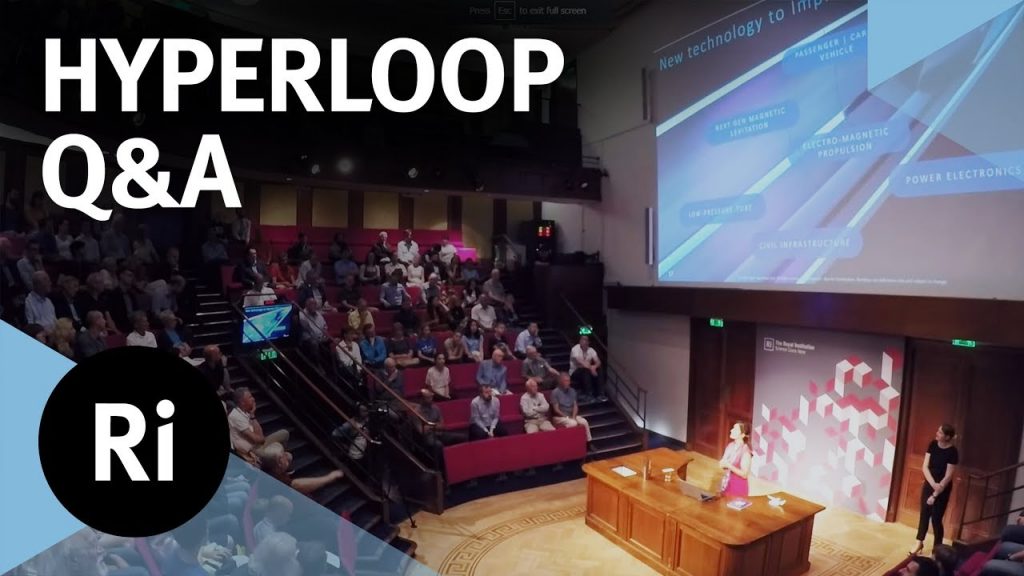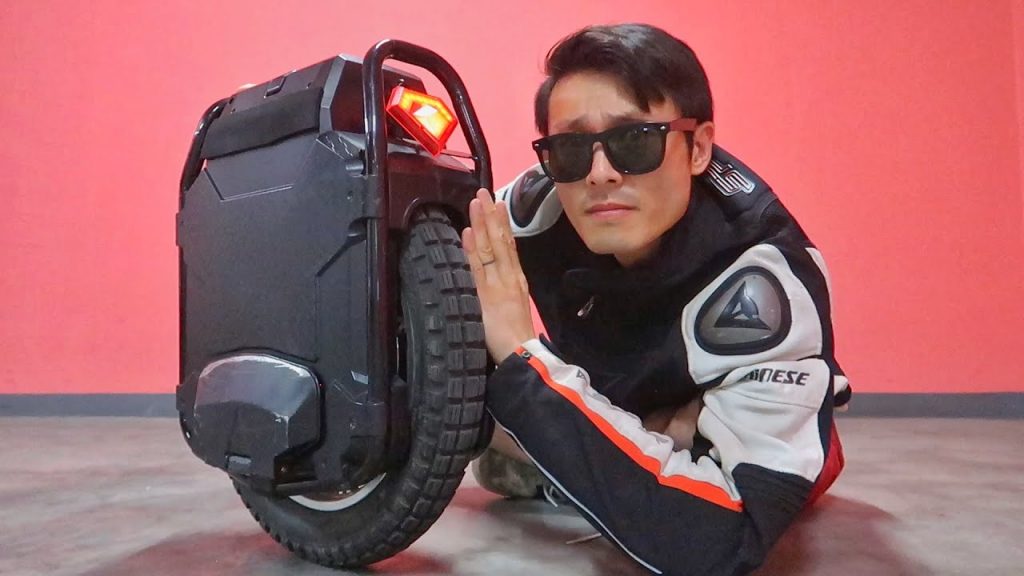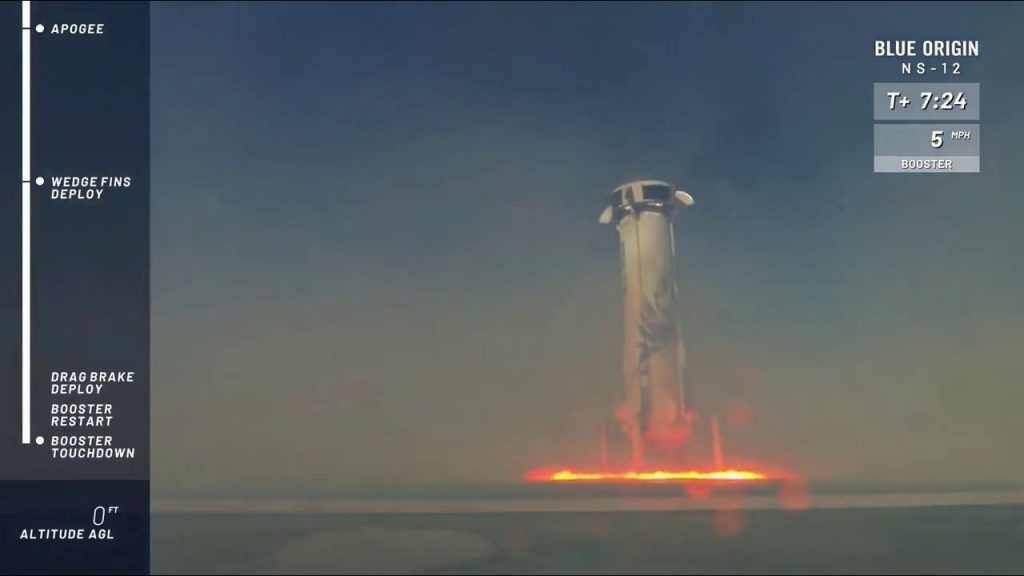Tesla Autopilot Drives Straight Towards Concrete Barrier on Highway

Straight Towards Concrete Barrier on Highway?
Autopilot follows lane lines towards temporary concrete barrier on highway. V10 (2019.32.12.1) Tesla Model 3 with AP 2.5 hardware.
On March 23, 2018, a Tesla Model X with its Autopilot system engaged drove straight towards a concrete barrier on Highway 101 in Mountain View, California, resulting in a fatal crash. The United States National Transportation Safety Board (NTSB) investigated the incident and released a report that indicated several factors contributed to the accident.
According to the NTSB report, the Tesla’s Autopilot system was engaged for 19 minutes and 38 seconds before the crash occurred. During the drive, the vehicle’s driver, who was later identified as 38-year-old Apple software engineer Walter Huang, had his hands off the steering wheel while the system was active.
The report also revealed that the car was traveling at a speed of 70.8 miles per hour and had veered towards the left side of the highway, where there was a paved “gore area” separating the main highway from the exit ramp. At this point, the vehicle’s Autopilot system apparently mistook the gore area markings as a continuation of the lane markings and did not recognize the concrete barrier in front of the car.
Despite multiple warnings from the car’s onboard systems, including visual and auditory alerts and escalating vibrations through the steering wheel, Huang never regained control of the vehicle. The Tesla car crashed into the barrier, and Huang died from his injuries.
The NTSB report stated that “the probable cause of the Mountain View crash was the failure of the driver to properly supervise the vehicle’s course and the operation of the Autopilot system because of the driver’s overreliance on the system.” Furthermore, the report highlighted the limitations of the Autopilot system and the need for drivers to remain attentive and ready to take over driving responsibilities when necessary.
Tesla’s Autopilot system is designed to assist drivers with multiple driving tasks, including steering, braking, and accelerating, but the company has repeatedly stated that the system requires active driver supervision. The Autopilot system also includes features such as automatic braking and collision avoidance, but these systems are not infallible and do not prevent all accidents.
This tragic incident underscores the need for driver awareness and education on the capabilities and limitations of autonomous driving technology. While autonomous vehicle technology holds great promise for improving road safety and reducing accidents, it is not infallible, and drivers must remain actively engaged and ready to assume control when necessary.
In conclusion, the Tesla Model X accident on Highway 101 was a tragic reminder of the need for responsible use of autonomous driving technology. The limitations of the Autopilot system are abundantly clear, and all drivers must be aware of the potential for accidents when using autonomous driving technology. This tragic incident serves as a call to action for regulators, automakers, and drivers to prioritize safety and education as autonomous vehicles become more widely available.









9 AMAZING NEW GADGETS YOU CAN BUY ON AMAZON AND ONLINE
The Infinadeck Omnidirectional Treadmill
Intel’s behavior is PATHETIC – Core i9 10980XE Review
Real-life ‘Iron Man’ showcased his jetpack technology to military teams.
5 NEW Inventions 2019 | That Will Blow Your Mind